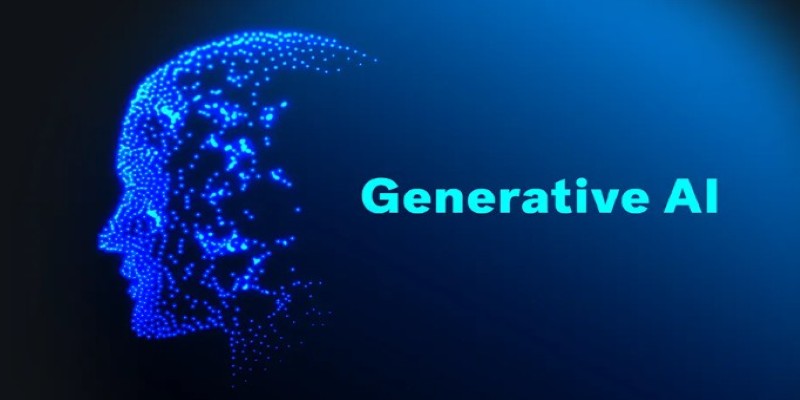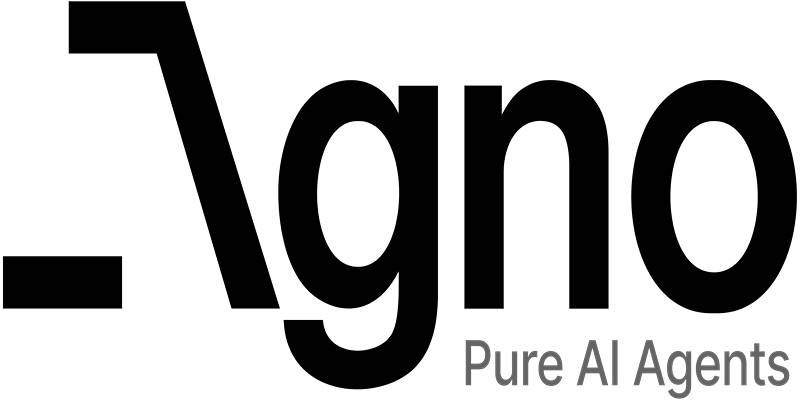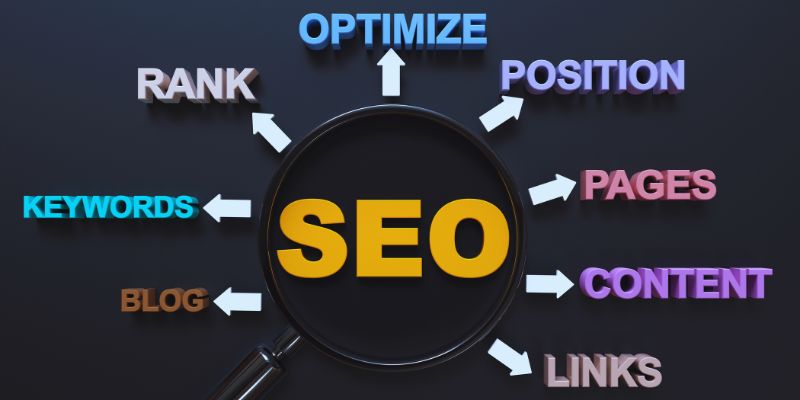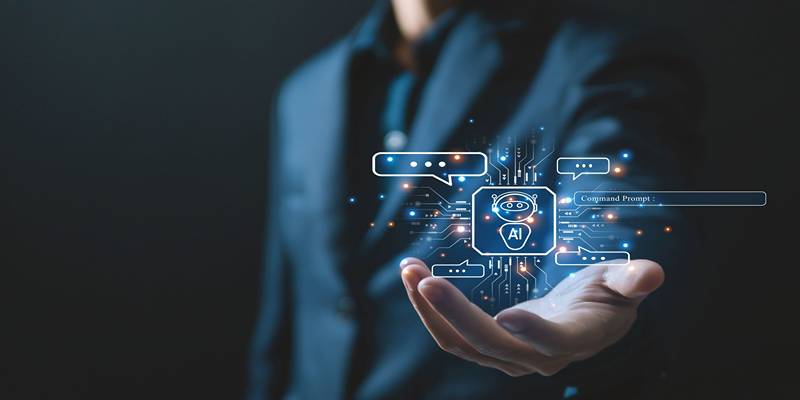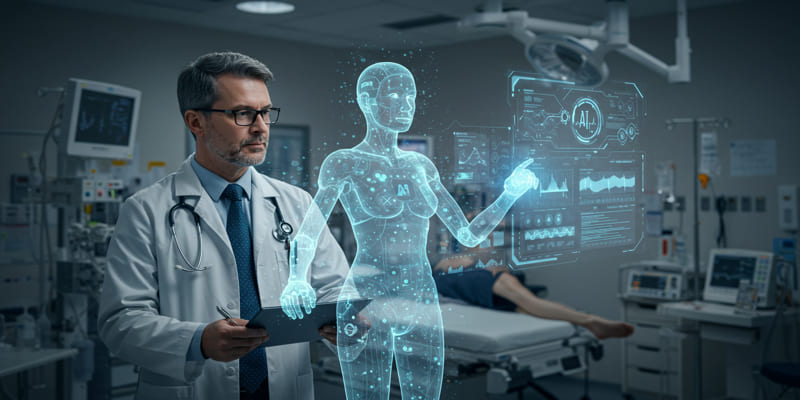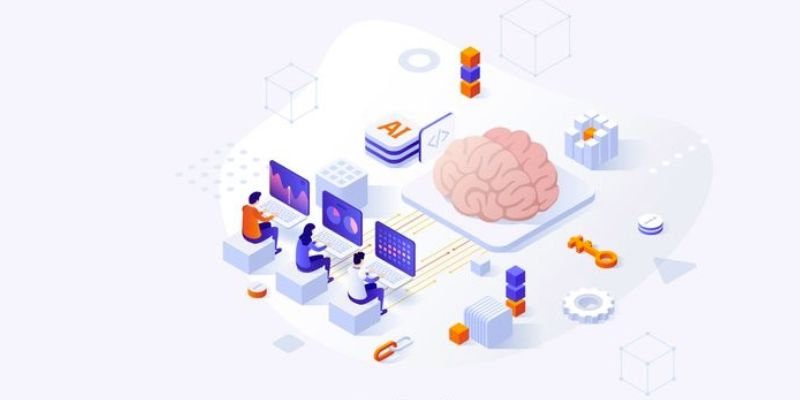Email once felt personal—like a letter from someone who genuinely cared. That warmth faded with time, replaced by cold templates and generic greetings. Somewhere between bulk automation and mass outreach, the human touch got lost. But ChatGPT is changing that—not by returning to the past, but by reshaping the future of communication.
It’s not just about boosting open rates. It’s about trust, timing, and tone. When a message feels meant for you, it resonates. That’s what ChatGPT enables: emails that connect, scale without sounding robotic, and make digital communication feel personal again. Personalized emails aren’t optional anymore—they’re expected. And now, they’re achievable.
From Templates to Tailored Talk: What ChatGPT Changes
Traditional email marketing leans on templates. You plug in a first name, maybe tweak a sentence or two, and call it personal. But people aren’t fooled. They know when they’re on the receiving end of a formula. What ChatGPT brings to the table is different. It goes beyond placeholders and dynamic fields. It reads context, adapts tone, and crafts sentences based on real user data, interests, and history.
Say you run a fitness brand. One customer is training for their first marathon, and another is just trying to walk more. With ChatGPT, you're not sending both of them the same email with a different name at the top. You're sending one an encouraging breakdown of recovery stretches and the other a gentle nudge toward habit tracking. Each message reflects where that person is in their journey because ChatGPT can analyze and write in a way that mirrors that stage.
The tool doesn't just insert data—it interprets it. It understands the rhythm of natural language and adjusts for tone, urgency, emotion, and even humor. You can sound supportive without being cheesy or promotional, without being pushy. And you can do it at scale without losing the human voice. The AI doesn't replace your voice—it learns to speak in it.
Data-Driven Empathy: Where AI Meets Real Connection
Personalization sounds great in theory, but in practice, it often falls flat. Many emails labeled “personalized” end up feeling cold, awkward, or worse—manipulative. That’s because dropping a name into a template isn’t enough. Real connection demands context, timing, and tone. This is where ChatGPT begins to stand out.

Unlike traditional automation tools, ChatGPT can read between the lines. It goes beyond surface metrics like recent clicks or purchases and pays attention to patterns over time. If someone has been quiet for a while, it can craft a soft re-engagement message. If a recipient is active and engaged, it can shift into a bolder tone. This isn’t about guessing—it’s adaptive communication driven by behavior.
Different users require different approaches. A veteran user might appreciate technical depth, while a newcomer needs simplicity and clarity. ChatGPT will pick up on those differences and adjust accordingly. As more data flows through, the AI refines its style, tone, and timing, learning from feedback to improve with each interaction.
What makes this work is not pretending the message came from a person—it’s writing like it did. ChatGPT helps email feel intentional again. It brings empathy back to digital communication, message by message.
Beyond Marketing: Real-World Use Cases for Personalized Emails
Email personalization often brings to mind sales pitches or product promotions, but ChatGPT’s potential reaches well beyond marketing. In customer support, it replaces generic responses with tailored replies that reflect the nature of the issue and the user’s tone. This means support emails that feel understanding, human, and helpful—without overburdening your team.
In education, ChatGPT helps instructors communicate more effectively with students. It can send encouraging nudges to those falling behind or offer advanced resources to those progressing quickly. Each message aligns with the student’s pace, making online learning more personal and motivating.
Healthcare providers benefit from this, too. Appointment reminders or follow-ups written with a softer, more human tone help foster trust. Something as simple as, "We're looking forward to seeing you," makes a meaningful difference.
Even internal communication improves. Managers can use ChatGPT to craft genuine check-ins, celebrate wins, or offer guidance—which is especially valuable in remote teams where thoughtful messaging builds a stronger culture.
What ties all these use cases together is intention. The goal isn’t just automation—it's relevance, warmth, and clarity. With ChatGPT, messages reach inboxes with more than just information. They carry tone, empathy, and presence, which is what makes them truly effective.
Getting It Right: The Human Touch Behind the Machine
With all this power, it's tempting to go all in and let the AI handle everything. But the truth is, the best results still happen when humans stay in the loop. ChatGPT can generate brilliant drafts, but they're even better when someone reviews them with context, edits for brand tone, and applies common sense.

Think of ChatGPT as a writing partner—not a ghostwriter. It can handle the heavy lifting, generate fresh angles, and fill in the blanks. But the magic happens when it works with human oversight. That’s how you ensure consistency, accuracy, and authenticity.
There's also the ethical layer. Personalization should never feel intrusive. People are willing to share data when they see real value in return, but that trust has limits. Being transparent about how AI is used and giving users control over their preferences goes a long way.
Done right, ChatGPT can transform what used to be a boring routine into a meaningful interaction. Emails stop being chores to delete and start becoming messages people want to read. That's not just good for business—it’s good for communication, period.
Conclusion
Personalized emails powered by ChatGPT are changing how we connect—bringing back the warmth and relevance that mass messaging lost. By blending automation with empathy, they let businesses, educators, and teams speak to people like people again. The tech is powerful, but it works best with a human hand guiding it. When done right, email stops being noisy and starts feeling like a real conversation. That's not just smart marketing—it’s how better communication begins, one message at a time.
